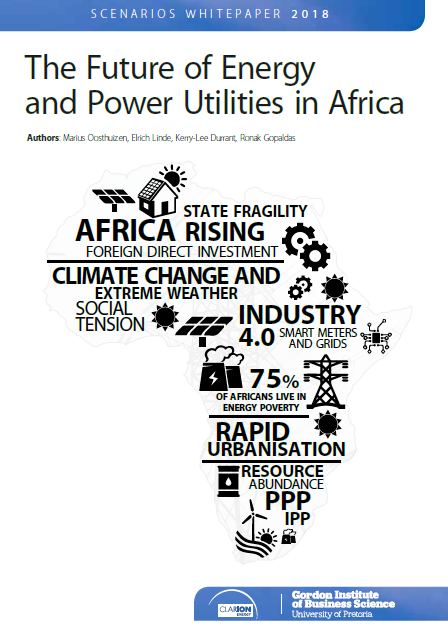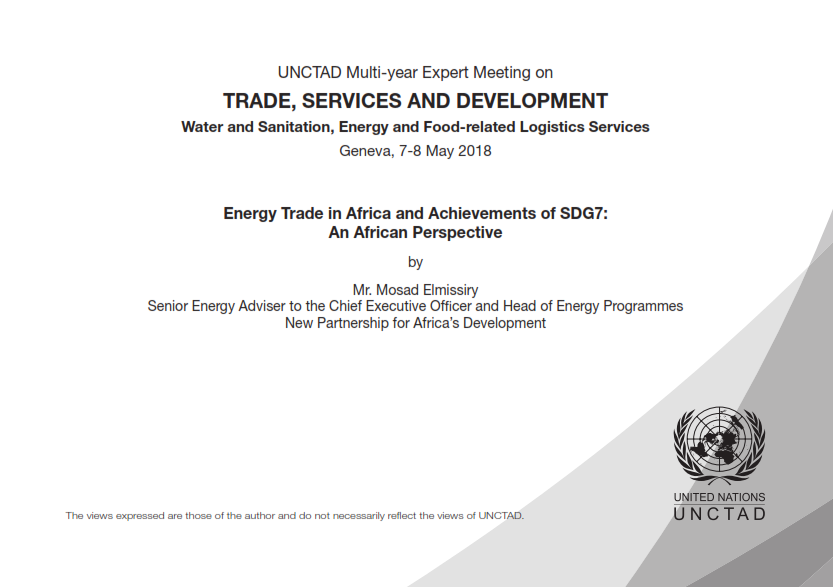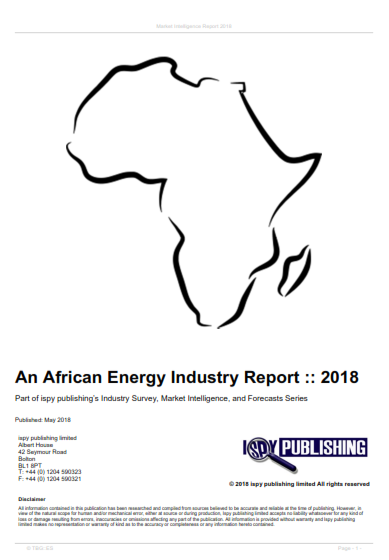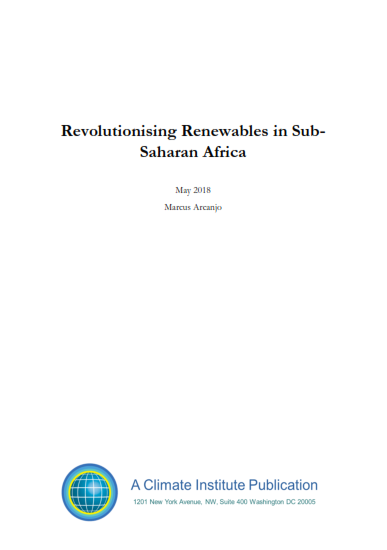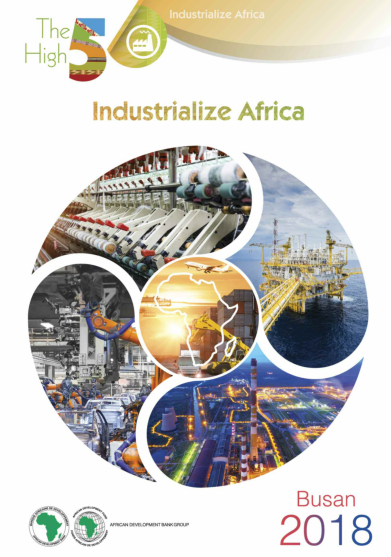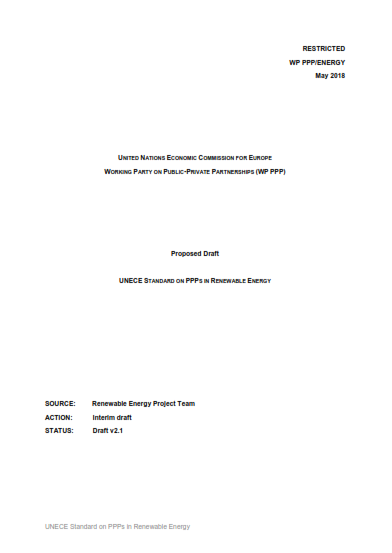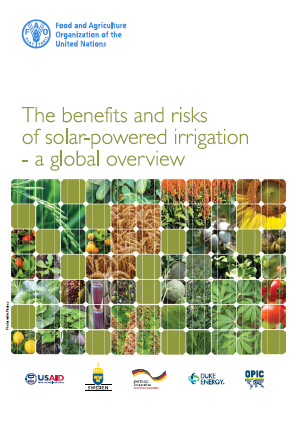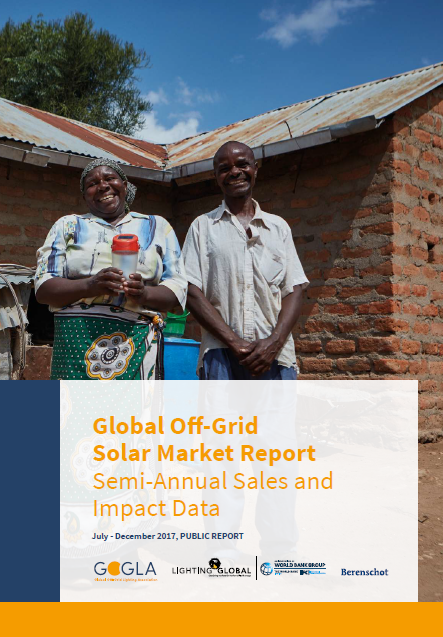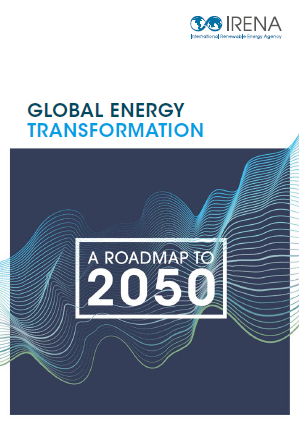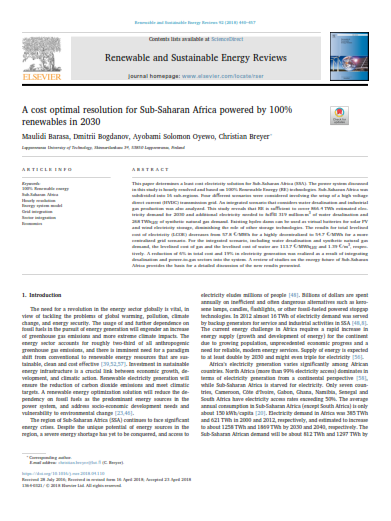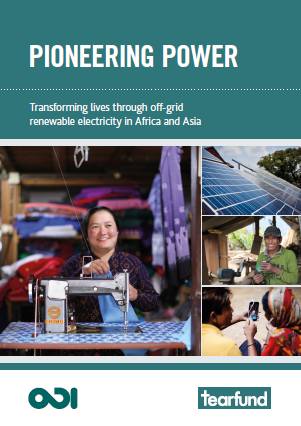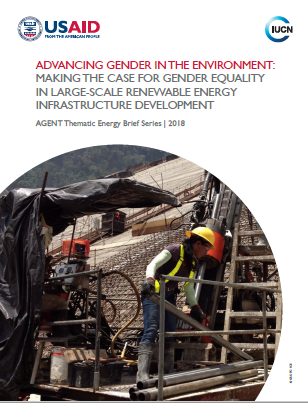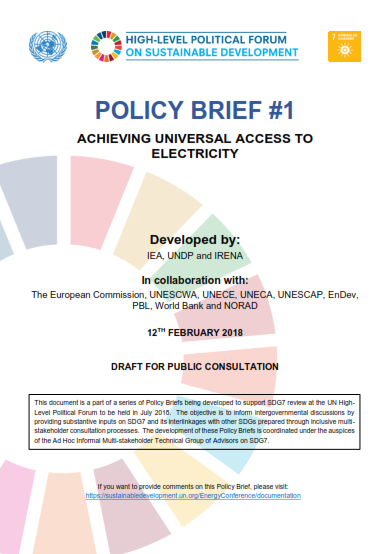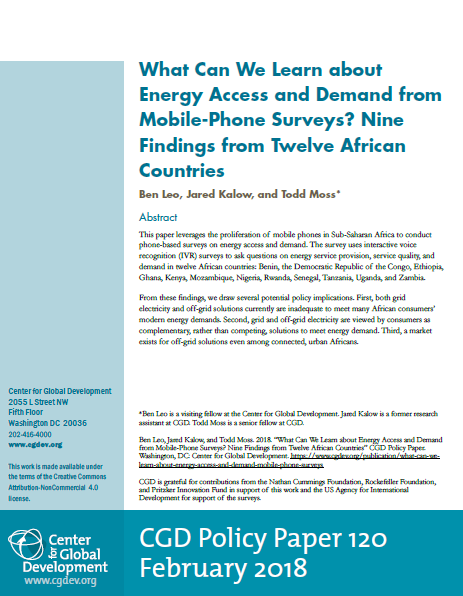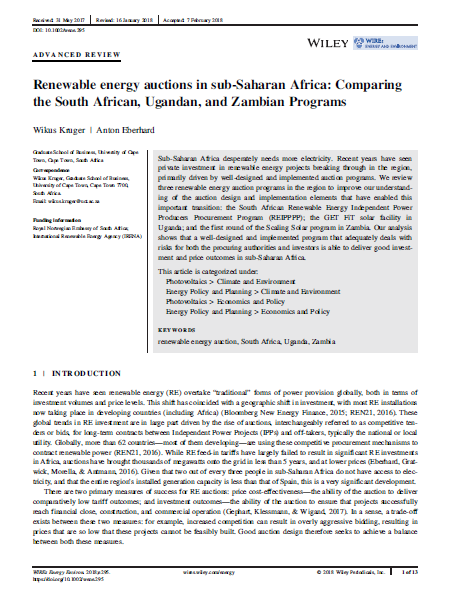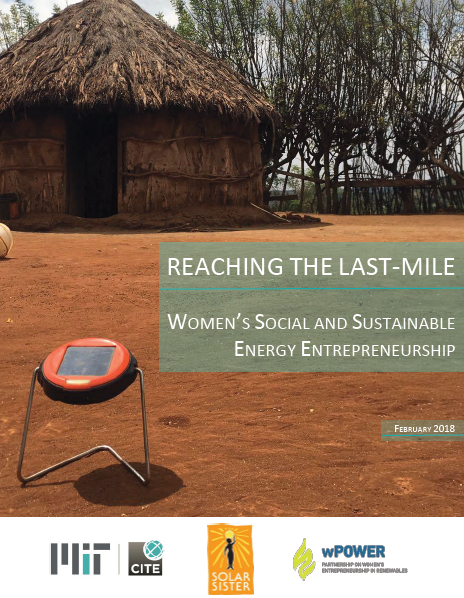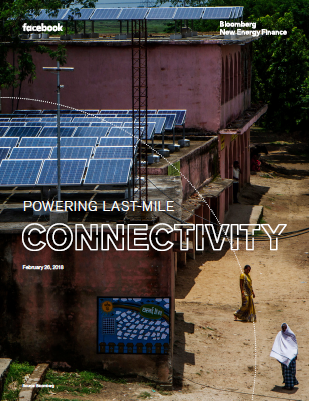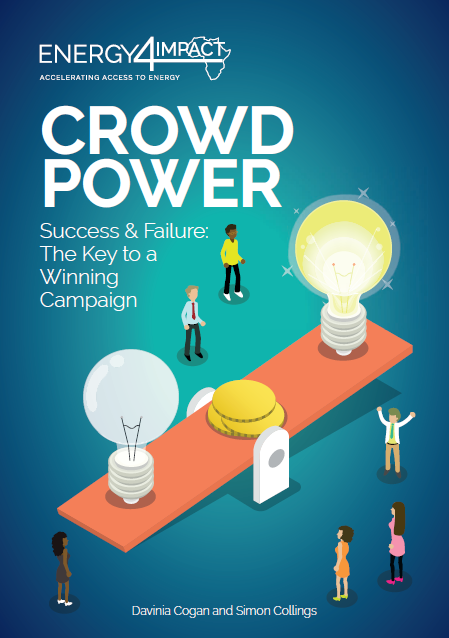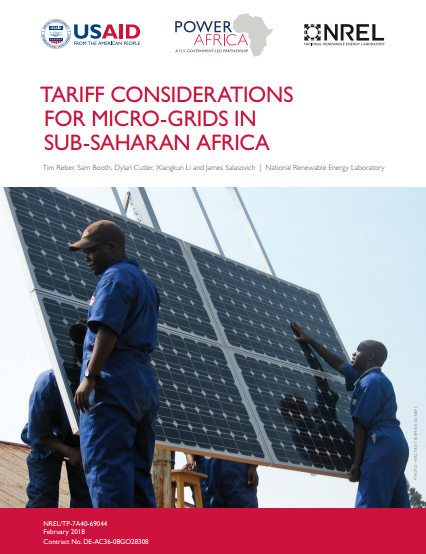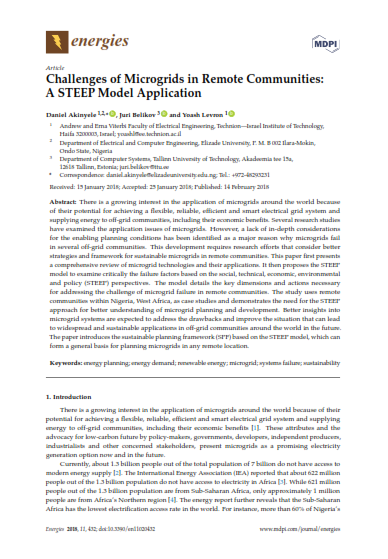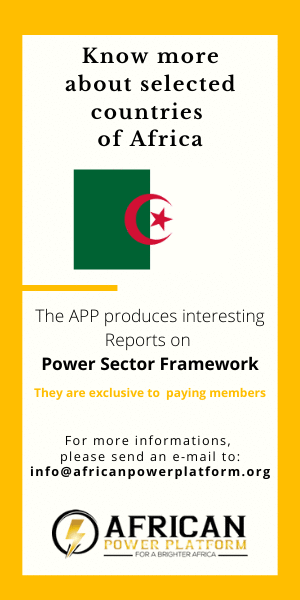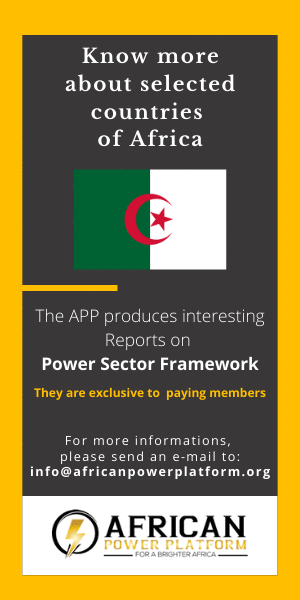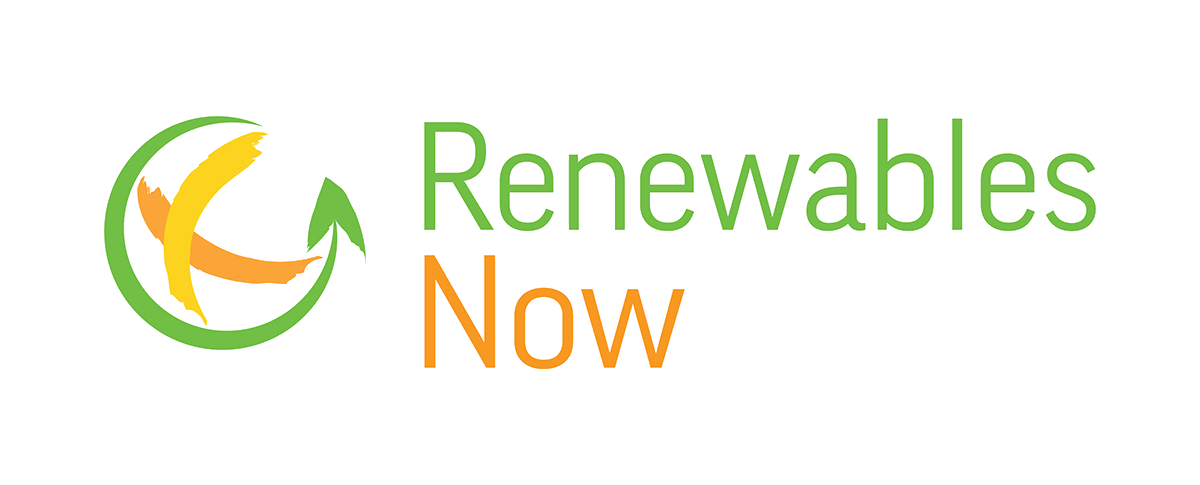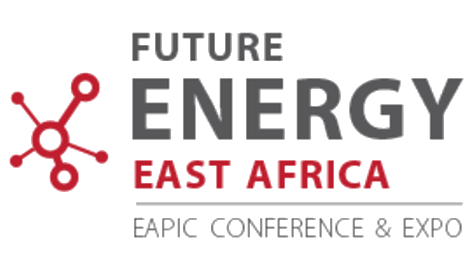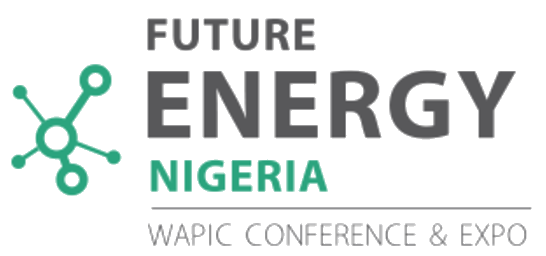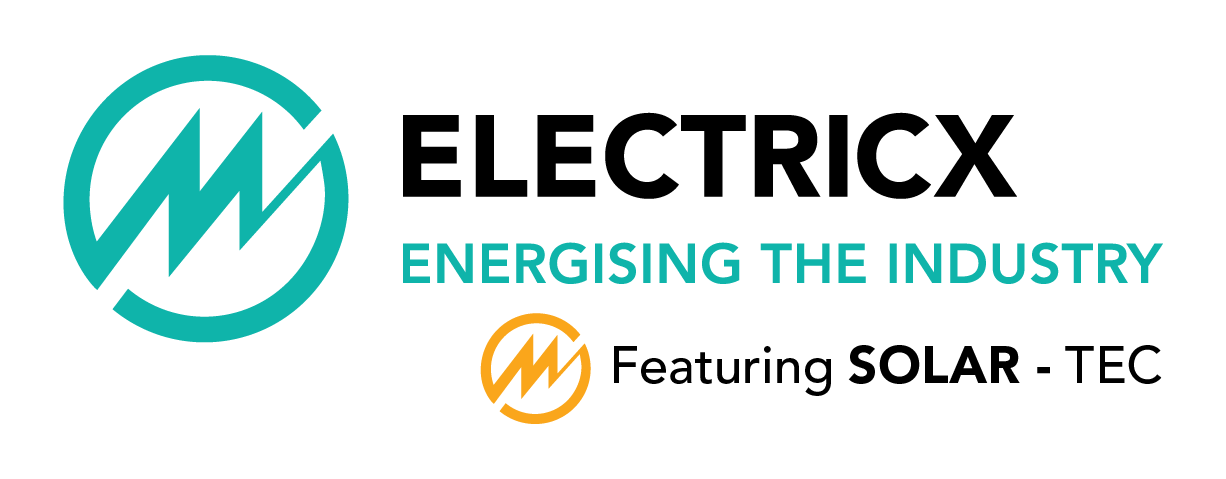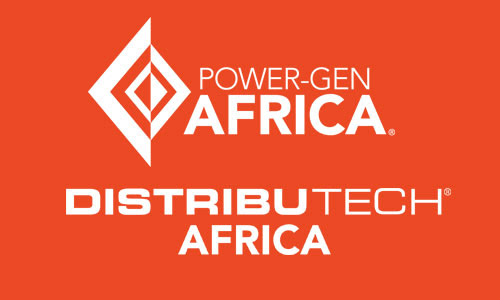We post here the relevant reports for the power sector in Africa. Feel free to join our efforts and share us any other you may have found. We'd be glad to add them to the list. Just sent an email to This email address is being protected from spambots. You need JavaScript enabled to view it.
Browse by Region:
Publication date: 2018, May
Author: Gordon Institute of Business Science (GIBS)
Description: At the recent African Utility Week in May 2018, Marius Oosthuizen, Gordon Institute of Business Science (GIBS), the University of Pretoria, launched a Scenario Report based on a study specifically commissioned for the event. The report looks at the future of the power industry and Africa’s geopolitics, assisting energy leaders to predict the sector’s future and make effective decisions. Possible scenarios include utilities being described as lions of Africa, an elephant herd, hungry hyenas or white elephants.
Download Report >>
Publication date: 2018, May
Author: UNCTAD
Description: UNCTAD - Energy Trade in Africa and Achievements of SDG7: An African Perspective.
Download Report >>
Publication date: 2018, May
Author: ispy publishing
Description: As a promising sign of things to come, several African countries have already succeeded in making steps necessary to scale up renewables, such as adoption of support policies, investment promotion and regional collaboration.
Download Report >>
Publication date: 2018, May
Author: Marcus Arcanjo
Description: This paper explores the energy transition in sub-Saharan Africa. Containing an enormous proportion of the world’s poorest people, coupled with limited economic opportunities and unfavourable conditions for investment, the region has seen access to clean energy severely hampered. The analysis will initially focus on the issues of energy insecurity that continue to plague the area in question, where a lack of investment – compounded by climate change, regional conflict, and population growth – has restricted the development of renewable energy infrastructure.
Download Report >>
Visit Website >>
Publication date: 2018, May
Author: AfDB
Description: AfDB - Industrialize Africa.
Download Report >>
Publication date: 2018, May
Author: UNECE
Description: In order to develop a PPP standard or standards, the project will assess different models of PPPs for variable on-grid renewable energy development pertaining to different project scales (small, medium and large), using the Project Team members’ experience in markets where PPPs are used to deliver renewable energy services.
Download Report >>
Visit Website >>
Publication date: 2018, April
Author: FAO
Description: The report gives a state-of-the-art overview of policies, regulations and incentives for the sustainable use of solar-powered irrigation technologies (SPIS) around the world. SPIS offer a viable, low-tech energy solution for irrigated agriculture, providing a reliable source of energy in remote areas, contributing to rural electrification, reducing energy costs for irrigation and enabling low emission agriculture. Nevertheless, SPIS have a significant initial investment cost and require innovative financing models to overcome this barrier to adoption, especially for small-scale farmers.
Download Report >>
Visit Website >>
Publication date: 2018, April
Author: GOGLA
Description: Our latest Global Off-Grid Solar Market Report presents sales and impact data covering July 1 to December 31, 2017, reflecting the performance of 67 affiliates working in this vibrant sector. This includes GOGLA members and companies that sell Lighting Global quality-verified products.
Download Report >>
Publication date: 2018, April
Author: IRENA
Description: Renewable energy needs to be scaled up at least six times faster for the world to meet the decarbonisation and climate mitigation goals set out in the Paris Agreement, says Global Energy Transformation: A Roadmap to 2050.
Download Report >>
Visit Website >>
Publication date: 2018, April
Author: ELSEVIER
Description: This paper determines a least cost electricity solution for Sub-Saharan Africa (SSA). The power system discussed in this study is hourly resolved and based on 100% Renewable Energy (RE) technologies. Sub-Saharan Africa was subdivided into 16 sub-regions. Four different scenarios were considered involving the setup of a high voltage direct current (HVDC) transmission grid.
Download Report >>
Visit Website >>
Publication date: 2018, April
Author: Tearfund
Description: This report examines the challenge of bringing power to over one billion people who live without electricity, mostly in remote, rural areas in sub-Saharan Africa and South Asia.
Download Report >>
Visit Website >>
Publication date: 2018, April
Author: USAID
Description: This brief provides an overview of the gender dimensions of planning and building large-scale renewable energy infrastructure, such as hydropower and geothermal plants, solar arrays and wind parks generating 10 MW or more.
Download Report >>
Visit Website >>
Publication date: 2018, February
Author: IEA / UNDP / IRENA
Description: This document is a part of a series of Policy Briefs being developed to support SDG7 review at the UN High-Level Political Forum to be held in July 2018. The objective is to inform intergovernmental discussions by providing substantive inputs on SDG7 and its interlinkages with other SDGs prepared through inclusive multi-stakeholder consultation processes. The development of these Policy Briefs is coordinated under the auspices of the Ad Hoc Informal Multi-stakeholder Technical Group of Advisors on SDG7.
Download Report >>
Publication date: 2018, February
Author: CGD
Description: This paper leverages the proliferation of mobile phones in Sub-Saharan Africa to conduct phone-based surveys on energy access and demand. The survey uses interactive voice recognition (IVR) surveys to ask questions on energy service provision, service quality, and demand in twelve African countries: Benin, the Democratic Republic of the Congo, Ethiopia, Ghana, Kenya, Mozambique, Nigeria, Rwanda, Senegal, Tanzania, Uganda, and Zambia.
Download Report >>
Visit Website >>
Publication date: 2018, February
Author: WILEY
Description: Sub‐Saharan Africa desperately needs more electricity. Recent years have seen private investment in renewable energy projects breaking through in the region, primarily driven by well‐designed and implemented auction programs. We review three renewable energy auction programs in the region to improve our understanding of the auction design and implementation elements that have enabled this important transition: the South African Renewable Energy Independent Power Producers Procurement Program (REIPPPP); the GET FiT solar facility in Uganda; and the first round of the Scaling Solar program in Zambia.
Download Report >>
Visit Website >>
Publication date: 2018, February
Author: CITE / Solar Sister / wPOWER
Description: This study seeks to understand the impact of one such social enterprise in Tanzania, Solar Sister, in providing access to clean energy—in the form of household solar lanterns—to remote, rural areas, or what we call "last-mile” households throughout this report.
Download Report >>
Publication date: 2018, February
Author: Bloomberg New Energy Finance
Description: More than 4 billion people are not connected to the internet today, representing a huge opportunity for both development and business. Bridging the ‘digital divide’ for these un-networked billions requires affordable and reliable access to electricity. Power is a crucial element at all stages of providing internet access: from running backhaul services to the core of the network and base stations to powering the devices that consumers use to get online. Yet, across much of the developing world, reliable electricity remains expensive and hard to get.
Download Report >>
Visit Website >>
Publication date: 2018, February
Author: Energy 4 Impact
Description: This report is intended to offer campaign-makers and potential campaign-makers, working in the off-grid energy space, with the tools and knowledge to develop a successful crowdfunding campaign. We identify trends common to successful energy access related campaigns (measured as reaching the campaign target) across donation, reward, debt and equity crowdfunding. The report explores success across three broad stages; choosing the right platform and passing platform due iligence, managing a successful campaign period and implementing campaign goals, as well as long run success of the entity raising funds from the crowd.
Download Report >>
Publication date: 2018, February
Author: NREL
Description: This report discusses of some of the key drivers and considerations that policymakers and decisionmakers face when deciding if and how to regulate electricity tariffs for micro-grids. Specifically, we frame the discussion around tariff options at two different ends of a regulatory spectrum: mandating some variety of national (uniform) tariff versus allowing micro-grid developers and operators to set fully costreflective tariffs that may vary from site to site. We analyze the benefits and drawbacks of these and other options. We also discuss how cross-subsidies and other transitional forms of regulation may offer a regulatory “middle ground” that can help balance the often competing goals of providing price control on electricity service in the name of social good while providing a means for investors to achieve sufficient returns on their investment to attract the necessary capital financing to the market. NREL’s REopt tool is used to model a representative micro-grid system and the resulting levelized cost of electricity (LCOE), which is used to put context and scale around these tariff questions. This simple analysis offers an estimate of the gap between current tariff regimes and the tariffs that would allow developers to recover costs to attract further investment. This analysis also provides insight into the potential scale of subsidies or other grants that may be required to enable micro-grid development under current regulatory structures.
Download Report >>
Publication date: 2018, February
Author: Energies
Description: This paper first presents a comprehensive review of microgrid technologies and their applications. It then proposes the STEEP model to examine critically the failure factors based on the social, technical, economic, environmental and policy (STEEP) perspectives. The model details the key dimensions and actions necessary for addressing the challenge of microgrid failure in remote communities. The study uses remote communities within Nigeria, West Africa, as case studies and demonstrates the need for the STEEP approach for better understanding of microgrid planning and development.
Download Report >>
Visit Website >>





